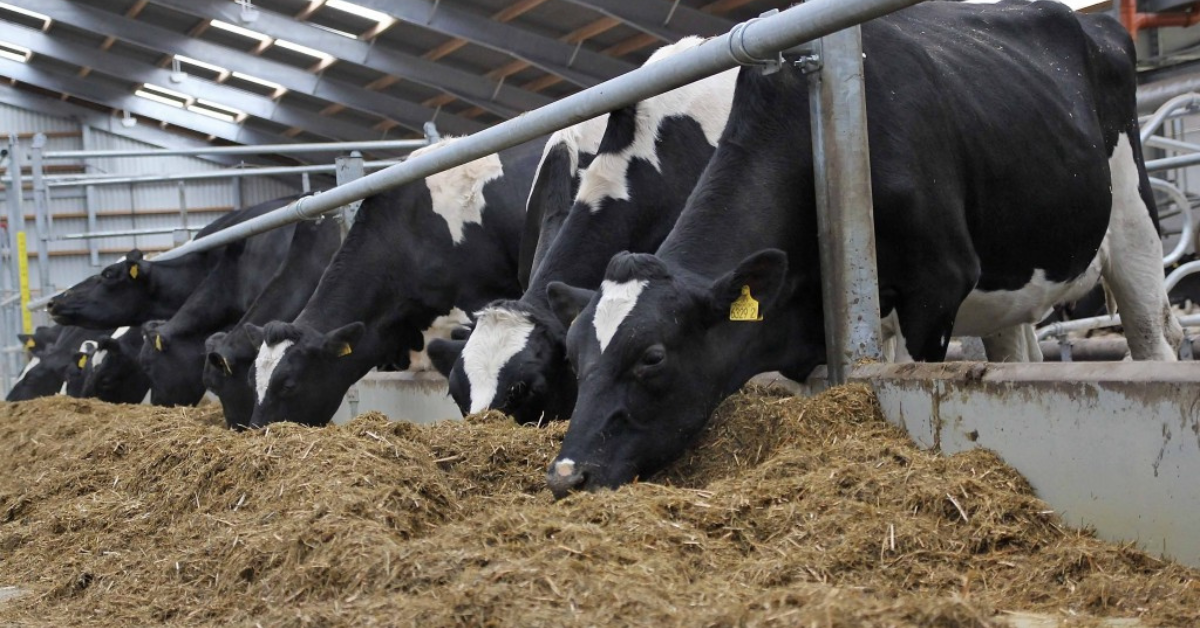With many cows dried off this month, the focus in most yards is on correct dry cow management. However, we must consider nutrition plans for cows calving down for the coming spring.
Several key factors directly correlate to the success of the calving season, including:
- A planned and well executed dry cow mineral programme.
- Calving down the cow in the correct body condition score.
- Excellent animal husbandry in the week’s pre and post-calving (no additional stressors).
- Careful transition diet planning.
Fast forward to late January/February, especially given how silage quality was hampered by the weather this year: do we have sufficient high-quality forage available for when cows calve down/and if not, what is the plan of action?
Negative Energy Balance
In the weeks post-calving, cows will always produce more milk than their feed intake can provide for, resulting in Body Condition loss due to Negative Energy Balance. For example, a cow will typically reach peak milk output 6-8 weeks post-calving but will only reach peak dry matter intake 10-12 weeks after calving. The freshly calved cow’s diet must be sufficient to keep body weight loss to less than 0.5 Body Condition Score (BCS) between calving and breeding.
Dry matter intake typically increases by 0.75 – 1.0 kg/week post-calving – highlighting the need for an energy-dense transition diet. This can be difficult to control where silage quality is compromised. Where a deficit occurs, we must be prepared to fill the gap, or issues such as poor fertility will come into effect in May. Adequate concentrate supplementation will be paramount (dependent on milk output), along with the inclusion of high-energy grazed grass in the diet.

Monitoring NEB on Farm
- Falling/low milk protein % (signalling energy restriction in the diet – caused by poor quality silage, delayed turnout and/or insufficient supplementation levels relative to cow output).
- Body condition loss across the herd (>25% of cows with a >0.5 unit of BCS loss in early lactation).
- A bulk tank milk fat: protein ratio > 1.4 (calculated by dividing the milk fat % by milk protein %) signals poor energy balance in the herd’s diet.
Further Advice:
For more information, contact your local Agritech Sales Advisor.


